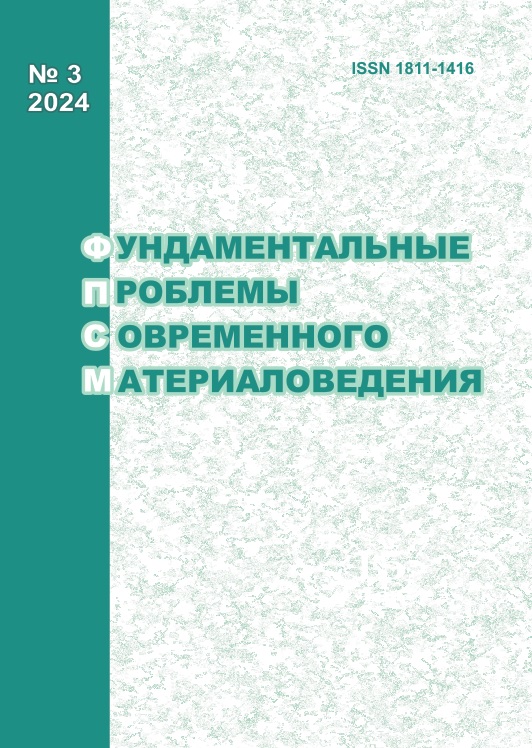DISSOCIATION CONSTANTS OF QUERCETIN. QUANTUM CHEMICAL MODELING
10.25712/ASTU.1811-1416.2024.03.007
Keywords:
quercetin, quantum chemical modeling of dissociation constants, dissociation routesAbstract
The dissociative properties of quercetin are intensively investigated by both experimental and model methods. Interest is due to various reasons. On the one hand, the starting flavonoid is slightly soluble in water (at a level of 10-3 M). Converting it to soluble form implies interaction with the counterparty, either in the solvent medium, or with the release of water as a reaction product. On the other hand, the question of the maximum number of reacting groups remains relevant: the structural formula of quercetin demonstrates five hydroxyl groups capable of reacting. Quantum chemical modeling of quercetin dissociation constants for five hydroxyl groups present in the structure and comparison of the obtained constants with some experimentally detected ones were carried out. Dissociation routes by possible positions (sites) of hydroxyl groups in the structural formula of the quercetin molecule are proposed. Quantum chemical modeling of thermodynamic parameters was carried out in the Gaussian-09 software package (B3LYP/6-31+G**, influence of the solvent medium – PCM model, SMD). The results show that hydroxyl groups at positions 7 and 5 of the structural formula quercetin are more likely to dissociate at the initial stage (first step). The above thesis is quite consistent with the literature. Secondary dissociation of hydroxyl groups is probable from positions 5,7 and 4’ of the structural formula.











 Journal «Fundamental’nye problemy sovremennogo materialovedenia / Basic Problems of Material Science»
Journal «Fundamental’nye problemy sovremennogo materialovedenia / Basic Problems of Material Science» This work is licensed under a
This work is licensed under a 
